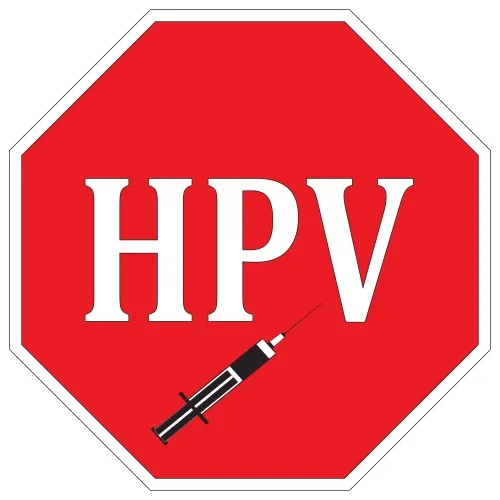Internal Medicine Coding Alert
Retests Can Change Pap Smear Coding

Question: Our internist recently performed a repeat Pap smear for a woman as her Pap smear taken earlier a few months back had some abnormalities. Should I report a preventive service code for the visit or should I report it with some other code. Also, tell me what diagnosis code should I report for the encounter?
Rhode Island Subscriber
Answer: When your clinician performs a repeat Pap smear as the previous Pap smear showed abnormalities, you should not reach out to a preventive service code (such as 99394-99397, Periodic comprehensive preventive medicine reevaluation and management of an individual ...) as your clinician performed the repeat of the Pap smear due to the abnormalities. Also, the internist likely performed the previous Pap smear as part of a preventive service (e.g. an annual well-woman exam), the current visit likely does not repeat all of the elements (e.g., an age and gender appropriate history and examination, counseling/anticipatory guidance/risk factor reduction interventions) that might otherwise permit you to report a preventive service code for the current visit.
If your clinician is repeating the Pap smear due to the abnormalities detected in the previously taken Pap smear, you will have to report an appropriate E/M code for the visit. If no other E/M service was performed during that encounter, it is most likely that you will only be able to report a low level E/M code such as 99212 (Office or other outpatient visit for the evaluation and management of an established patient ..) for the encounter.
For reporting the diagnosis for the encounter, you will need to report one of the appropriate codes from R87.61x (Abnormal cytological findings in specimens from cervix uteri). If specifics about the abnormalities detected in the previous encounter are available, you should report the most appropriate code from the above-mentioned range of codes. If there is no specific information about the type of abnormalities that were detected, you will need to report R87.619 (Unspecified abnormal cytological findings in specimens from cervix uteri).
Related Articles
Internal Medicine Coding Alert
- CPT® Coding:
Use This Advice to Master Vaccination Coding
Remember to check for supply coding chances. If your internist performs vaccinations for patients, you [...] - Coding Quiz:
Use This Quiz to Check I&D Smarts
How do you get paid for repeat procedures within global period? When your clinician performs [...] - Quiz Answers:
Read Experts' Input on Coding Scenarios
How many did you get right? Read on to find out. Scenario 1: Simple vs. [...] - You Be the Coder:
Don't Get Bit by Incorrect Stinger Removal Coding
Question: An established patient presented to our internist after being stung by a bee. Our clinician [...] - Reader Question:
Retests Can Change Pap Smear Coding
Question: Our internist recently performed a repeat Pap smear for a woman as her Pap smear [...] - Reader Question:
Know How to Report Feeding Difficulties
Question: If our internist reported “feeding difficulties,” what code should I report? Are there any age [...]




